
|
We’ve heard of ancient cities such as Pompeii, Sparta, or Machu Picchu, but the world is littered with ancient cities with incredible histories that few people know about. These “lost cities” are sometimes discovered by accident, or their remains are left where greatness once stood, as testimony to a once glorious past.
1. Memphis |
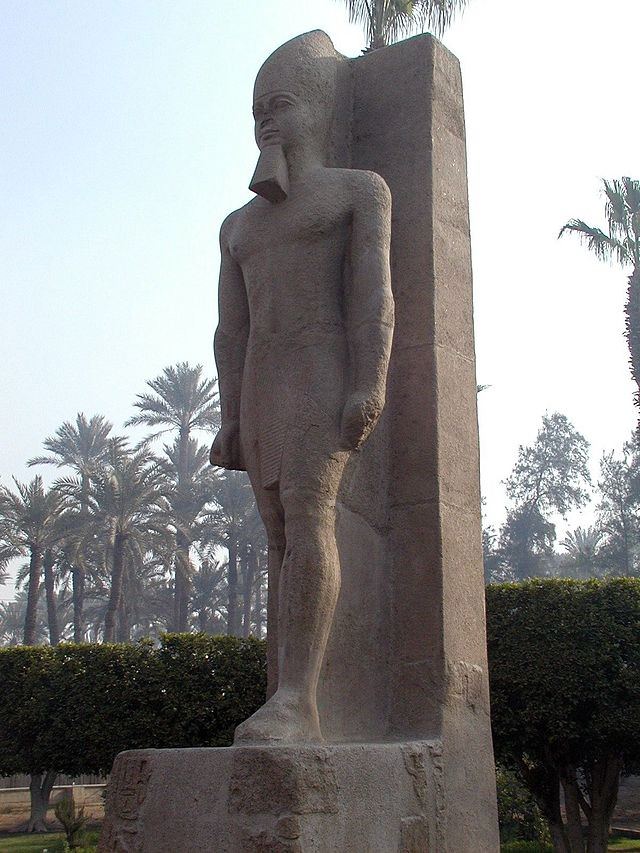 |
| Source |
|
Don't be confused with modern-day Memphis, located in Tennessee, U.S.A. Ancient Memphis was the capital of Egypt, founded back in 3100 BC. The story tells that Memphis was founded when the Egyptian king Menes rerouted the Nile into a series of dikes to water crops. Ancient sources refer to the city as the "Fortress of the White Walls," thanks to the whitewashed city walls. The city predates the pyramids of Giza by 600 years. Its decline is ascribed to the rise of Alexandria. 2. Great Zimbabwe |
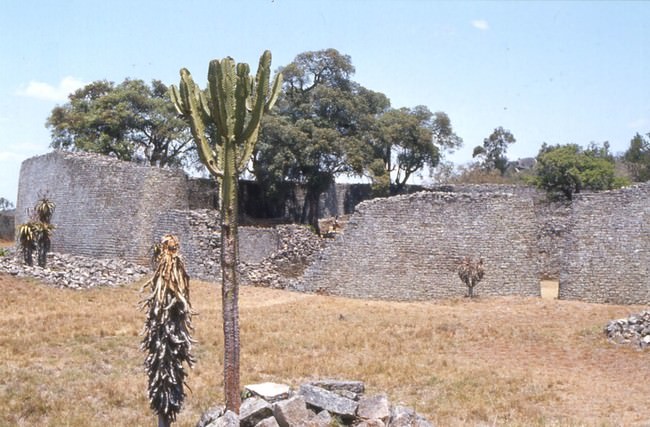 |
| Source |
|
In the native language, Shona, "Zimbabwe" is the joining of the words dzimba ("houses") and mabwea ("stones"). It refers to the many ruins of stone buildings strewn across the country. Stone houses are not the first things that come to mind when one thinks of ancient Africa, but in Zimbabwe, it appears that great stone cities were constructed sometime between the 10th and 13th centuries. The greatest of these cities is known as Great Zimbabwe, which is said to have peaked at 18,000 residents. The fall of the Zimbabwean cities is directly linked to the arrival of the Portuguese, who decimated the local population. 3. Palmyra |
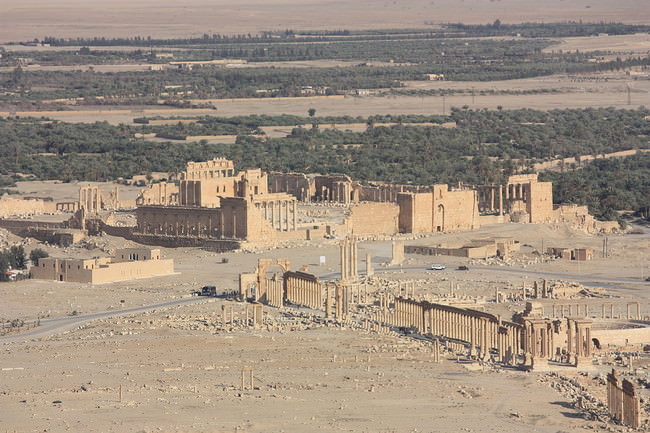 |
| Source |
|
Located in what is modern-day Syria, Palmyra was a wealthy city, which birthed the construction of grand monuments and buildings. The first mention of Palmyra is dated to 2000 B.C.E., and some claim that it is the biblical city of Tadmor, built by King Solomon. The ancient city found its demise following the invasion of the Roman Empire, and the ruins remained unattended until 1932. Since then, many archeologists traveled to the ruins to learn more about Palmyra's grand past. On May 2015, the city was taken over by ISIS – an extremist, militant group of Islamists, who proceeded to destroy many of the ancient monuments and artifacts.
4. Ciudad Perdida |
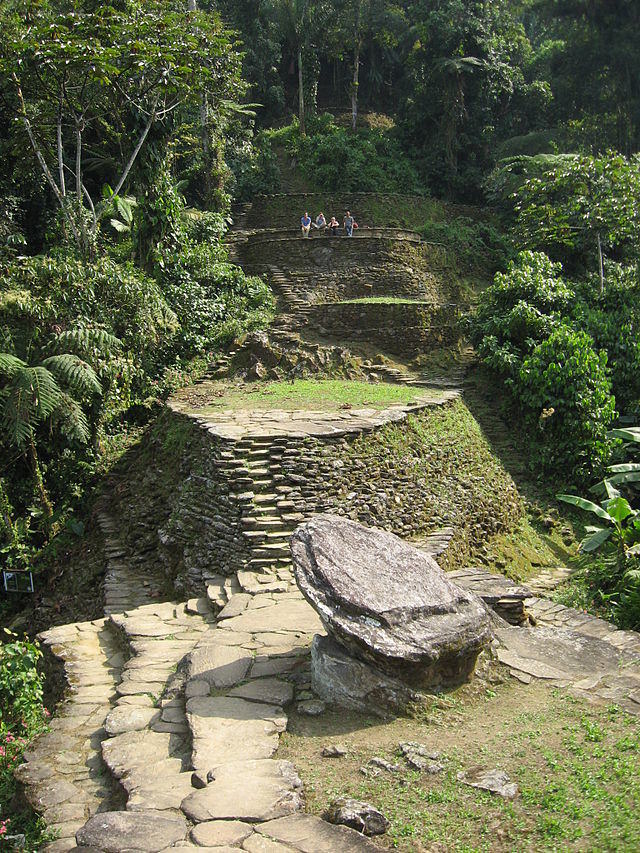 |
| Source |
|
Founded in 800 AD by the Tairona people, this city predates Machu Picchu by 650 years. The city is located in the Sierra Nevada Mountains of Colombia and features man-made terraces, intricate roads, and circular plazas. The city's name, in Spanish, directly translates to "Lost City," is quite apt considering that it was only discovered in 1972. 5. Skara Brae |
 |
| Source |
|
The settlement of Skara Brae is the ancient hope of Neolithic period Scots. It is located on the largest of the Scottish Orkney Islands and was occupied between 3180 and 2500 BC. The reason for its destruction is said to be the result of extreme cooling of the area, and the settlement remained buried for thousands of years. An especially violent storm in 1850 exposed the stone dwellings, which predate the building of the pyramids, as well as Stonehenge. 6. Sanchi |
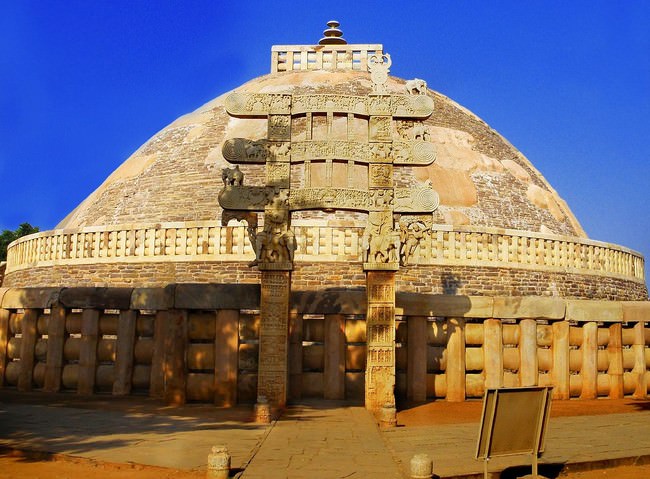 |
| Source |
|
Sanchi is one of India's oldest structures, the 'Great Supta' – a stone dome that was built in the 3rd century BC, but the entire site was built over the course of a millennium. The location is no mere coincidence – the Supta was built to house and protect relics from Buddha himself. With the decline of Buddhism in India, Sanchi was eventually abandoned sometime in the 9th century, but in 1818 it was rediscovered by a British officer – General Taylor. 7. Ani |
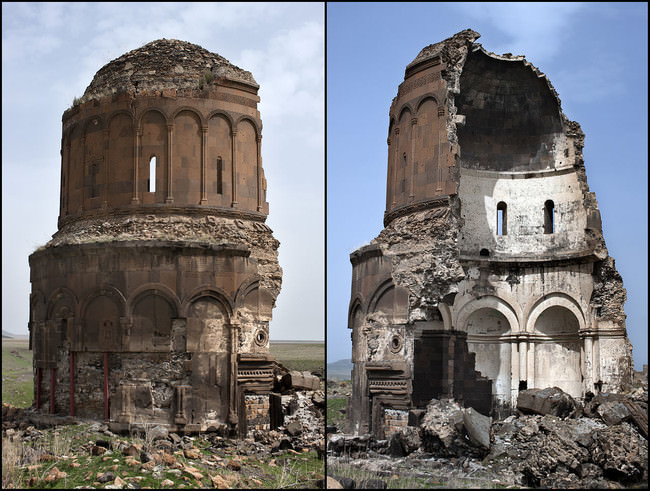 |
| Source |
|
Ani is first mentioned in Armenian chronicles during the 5th century AD, described as a mighty fortress built atop a hill. By the 9th century, Ani became the capital of Armenia. During medieval times, Ani was a devout Christian city and was nicknamed “City of 1,001 Churches”. The city was a hub of trade routes, which is why it flourished until the 1200's, where its population peaked at 200,000. Sadly, the area was devastated by an earthquake, followed by the invasion of the Mongols, all of which led to the decline of this once glorious city.
8. Calakmul |
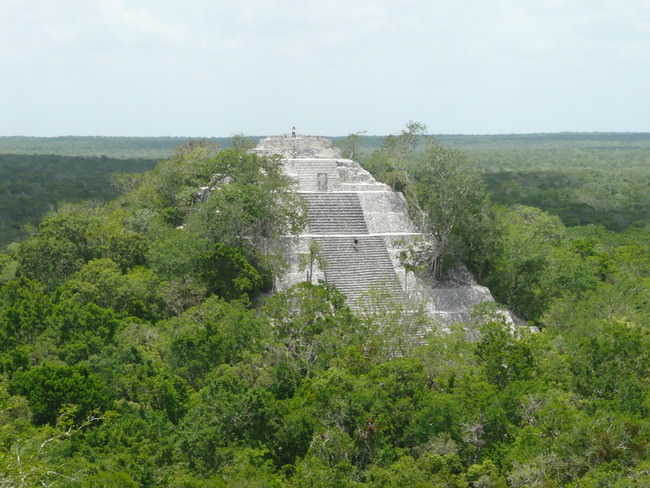 |
| Source |
|
Calamkul was a Mayan city that was home for one of the Mayan superpowers of the time. Its origins are in the Preclassic period of the Southern American cultures (1000 BC – 250 AD), but its true rise to power was around the 7th century AD. The city fell victim to the Classic Maya Collapse – a period of time where the Mayan civilization lost its former glory and eventually crumbled. An interesting note was Calamkul’s religious beliefs, which placed emphasis on female bloodlines and often preferred the rule of both a king and a queen.
9. Mesa Verde |
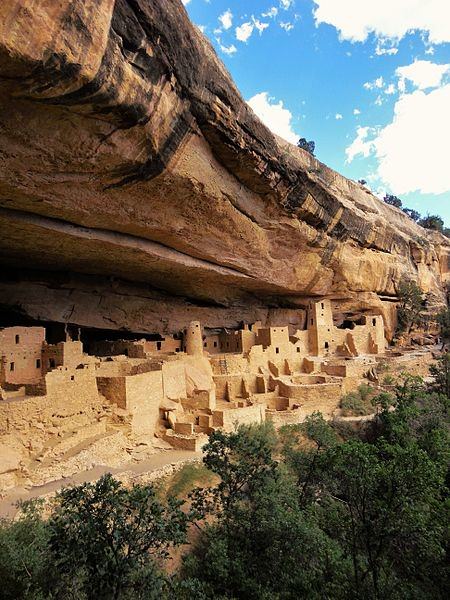 |
| Source |
|
Located in present-day Colorado, it was the home of a Native American people called the "Pueblos." The Pueblos built their homes along the cliffs and thrived in the area for many centuries. The Pueblos of Mesa Verde suddenly disappeared in the 1300s, with no known explanation. They left behind hundreds of dwellings, where each house was typically inhabited by approximately 100 people in almost as many rooms, carved deep into the cliffs |
| H/T: viralnova.com |